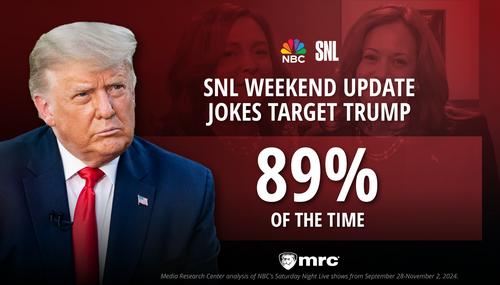
Several papers have already announced that they are preparing to drop the AP, the latest of which appears to be the Minneapolis Star-Tribune. The Minnesota paper has announced it will cease using AP content by 2010. The Star-Trib joins The Bakersfield Californian, and two papers from Washington State, The Yakima Herald-Republic and Wenatchee World. Also The Post Register of Idaho Falls informed the AP that they were going to drop their service in early August.
And according to a June 26 article in The Wall Street Journal, the eight largest papers in Ohio are banding together to create their own news service.
Some newspapers have attempted to reduce their reliance on the AP. This past spring, prompted by unhappiness with the AP's fees and reduced coverage of state and local news, the eight largest newspapers in Ohio created a cooperative called the Ohio News Organization, or OHNO, which allows its members to sidestep the AP by sharing stories. Five Montana newspapers owned by the newspaper concern Lee Enterprises Inc. have also begun sharing more content. And editors in Texas, Pennsylvania and Indiana have quietly inquired about how the Ohio cooperative works.
The same Wall Street Journal article reports that the AP has seen its income nearly triple from new customers on the Internet and that the AP is investing in sports, entertainment and business news to service those outlets. All this reveals an AP that seems to be making their product harder for print media to justify purchasing and papers are getting the message.
There is another thing that the print industry is bemoaning; the loss of APs local coverage. The agreement that the AP has with these papers is that if the AP does not send a reporter to a local story but the paper does, the AP can then take the local paper's story, do a rewrite, and sell it as its own. It appears that the AP is sending its reporters less and less and rewriting local paper's stories more often causing the print outlets to cry foul.
For its part, though, the AP is emerging stronger than ever by adapting to the electronic media on the double but it all goes to highlight the ever darkening future of print media as the news industry struggles to adjust to a changing world.




